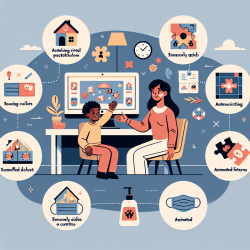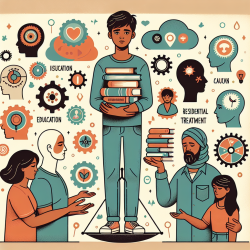Introduction
Child and adolescent injuries are a significant public health concern globally, with the Eastern Mediterranean Region (EMR) bearing a substantial portion of this burden. The recent study, "Child and adolescent injury burden in the Eastern Mediterranean Region: Findings from the Global Burden of Disease 1990-2017," offers critical insights into the morbidity and mortality rates due to injuries in this region. This blog aims to help practitioners enhance their skills by understanding and implementing the findings from this research, thereby improving outcomes for children and adolescents.
Key Findings
The study highlights that in 2017, approximately 133,117 children died in the EMR due to injuries, which is significantly higher than the global average. The leading causes of these deaths were self-harm and interpersonal violence, followed by transport injuries. This alarming data underscores the need for targeted interventions to address these issues.
Implementing Research Outcomes
Practitioners can leverage the study's findings in several ways to enhance child and adolescent safety:
- Policy Advocacy: Advocate for the development and enforcement of safety policies and regulations that address the leading causes of injuries.
- Community Education: Implement educational programs that raise awareness about injury prevention strategies among children, adolescents, and their caregivers.
- Emergency Preparedness: Develop and promote emergency response plans that can be activated during crises, such as conflicts or natural disasters, to protect children from injuries.
- Data-Driven Interventions: Utilize data from injury surveillance systems to design targeted interventions that address specific injury patterns and risk factors in the community.
Encouraging Further Research
The study's findings also highlight gaps in data and the need for further research. Practitioners are encouraged to engage in research activities that explore:
- The psychosocial impact of injuries on children and adolescents.
- The effectiveness of current injury prevention strategies and policies.
- Innovative approaches to reducing injury rates in high-risk areas.
Conclusion
The burden of child and adolescent injuries in the EMR is significant, but with concerted efforts and data-driven strategies, practitioners can make a substantial impact in reducing these injuries. By advocating for policy changes, educating communities, and engaging in further research, we can work towards a safer environment for children and adolescents.
To read the original research paper, please follow this link: Child and adolescent injury burden in the Eastern Mediterranean Region: Findings from the Global Burden of Disease 1990-2017.










